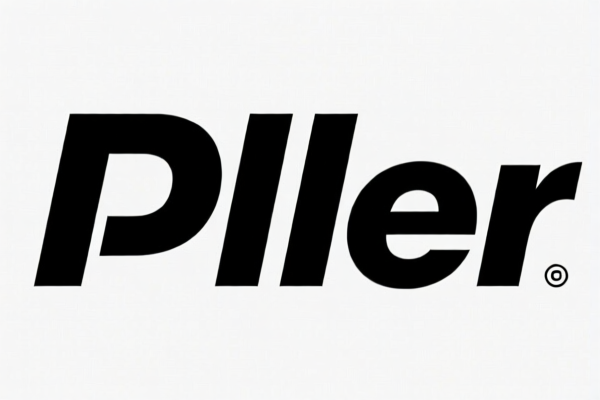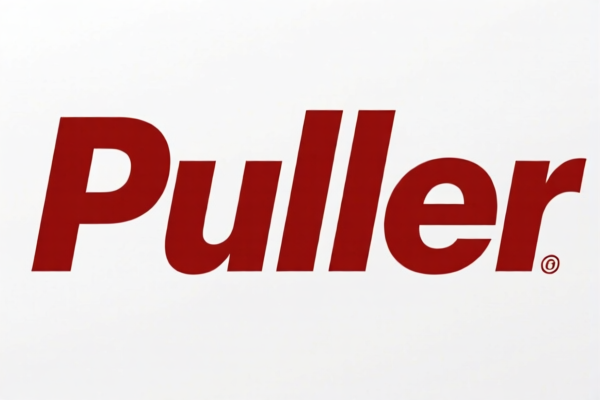| HS Code | Official Doc | Tariff Rate | Origin | Destination | Effective Date |
|---|---|---|---|---|---|
| 8479899560 | Doc | 32.5% | CN | US | 2025-05-12 |
| 8479909596 | Doc | 80.0% | CN | US | 2025-05-12 |
| 7326908688 | Doc | 82.9% | CN | US | 2025-05-12 |
| 9017800000 | Doc | 60.3% | CN | US | 2025-05-12 |
| 9017900160 | Doc | The rate applicable to the article of which it is a part or acce+30.0% | CN | US | 2025-05-12 |




Bushing Puller
A bushing puller is a tool used to remove bushings from machinery, automotive components, and other mechanical assemblies. Bushings are cylindrical components inserted into holes to reduce friction, provide cushioning, and act as pivot points. Due to corrosion, wear, or damage, these bushings often require replacement, necessitating the use of a puller for efficient and safe removal.
Material
Bushing pullers are typically constructed from hardened steel alloys to withstand the forces involved in extracting bushings. Common materials include:
- Carbon Steel: Offers strength and affordability for general-purpose applications.
- Chromium-Vanadium Steel: Provides enhanced durability and resistance to wear and corrosion.
- Alloy Steel: Used in heavy-duty pullers for superior strength and toughness.
Purpose
The primary purpose of a bushing puller is to apply controlled force to extract a bushing without damaging the surrounding component. Attempting to remove bushings with hammers or other forceful methods can lead to deformation of the housing or destruction of the bushing itself, making subsequent installation difficult.
Function
Bushing pullers function by utilizing a combination of mechanical principles:
- Grip: Jaws or collets securely grip the bushing’s outer diameter.
- Force Application: A threaded rod or hydraulic cylinder applies tensile force to the bushing.
- Controlled Extraction: As the force increases, the bushing is gradually pulled from its housing.
- Centering: The tool often incorporates centering mechanisms to ensure even force distribution and prevent binding.
Usage Scenarios
Bushing pullers are employed in a wide variety of applications, including:
- Automotive Repair: Removing suspension bushings, control arm bushings, and engine mount bushings.
- Heavy Equipment Maintenance: Extracting bushings from excavators, loaders, and other construction machinery.
- Industrial Machinery: Removing bushings from pumps, motors, and gearboxes.
- Motorcycle Repair: Used for swingarm bushings, suspension components and other motorcycle parts.
Common Types
Several types of bushing pullers are available, each suited for different bushing sizes, access constraints, and application requirements:
- C-Frame Pullers: Feature a C-shaped frame that provides stability and allows for easy positioning. Suitable for general-purpose bushing removal.
- Hydraulic Pullers: Utilize hydraulic cylinders to generate significant force, ideal for large or stubborn bushings.
- Internal Pullers: Designed to grip the inner diameter of the bushing, used when access to the outer diameter is limited.
- Fork Pullers: Employ two or more forks to grip the bushing and apply force. Often used for smaller bushings or in confined spaces.
- Blind Puller Sets: Include a variety of adapters and components for removing bushings from blind holes or recessed locations.
- Gear Pullers (adaptable): While primarily for gears, some gear puller designs can be adapted for bushing removal with appropriate attachments.
Based on the provided information, a bushing puller falls under the category of machines and mechanical appliances with individual functions. Here's a breakdown of relevant HS codes:
-
8479.89.95.60: This HS code covers “Machines and mechanical appliances having individual functions, not specified or included elsewhere in this chapter; parts thereof: Other machines and mechanical appliances: Other: Other Automotive maintenance machines”. Chapter 84 pertains to nuclear reactors, boilers, machinery and mechanical appliances; parts thereof. Heading 79 specifically addresses machines and mechanical appliances not elsewhere specified. Subheading 89.95 covers other machines, and 89.95.60 further specifies automotive maintenance machines. The total tax rate is 32.5% (2.5% base tariff + 0% additional tariff, increasing to 30.0% additional tariff after April 2, 2025).
-
8479.90.95.96: This HS code covers “Machines and mechanical appliances having individual functions, not specified or included elsewhere in this chapter; parts thereof: Parts: Other Other: Other”. Similar to the previous code, Chapter 84 and Heading 79 apply. Subheading 90.95 focuses on parts of these machines. The total tax rate is 80.0% (0.0% base tariff + 25.0% additional tariff, increasing to 30.0% additional tariff after April 2, 2025, plus a 25% additional tariff on steel or aluminum products).
Regarding HS code 8479.90.95.96, please note the 25% additional tariff applied to steel or aluminum products. Material verification may be required to determine the applicable tariff.
Customer Reviews
No reviews yet.